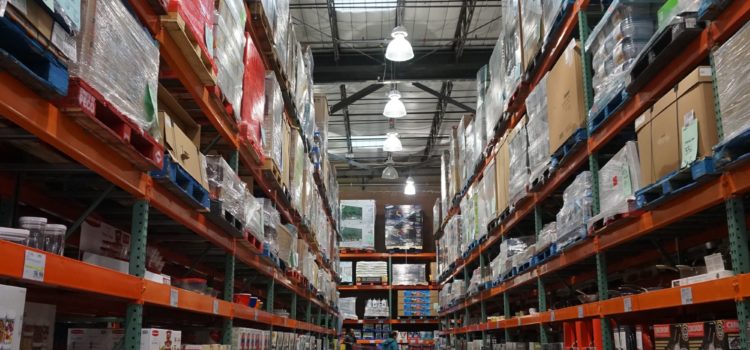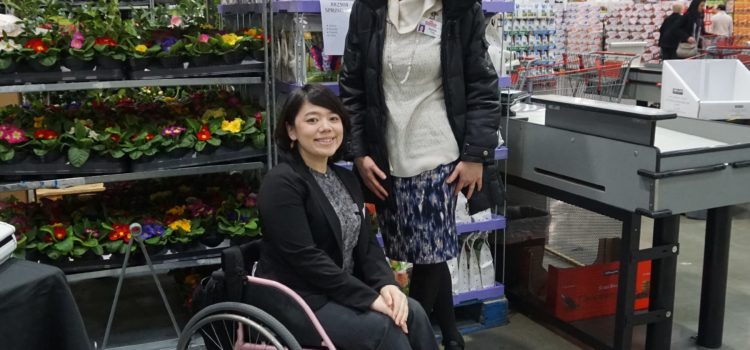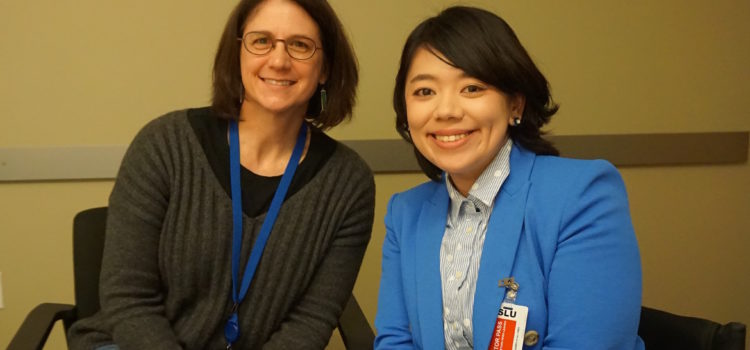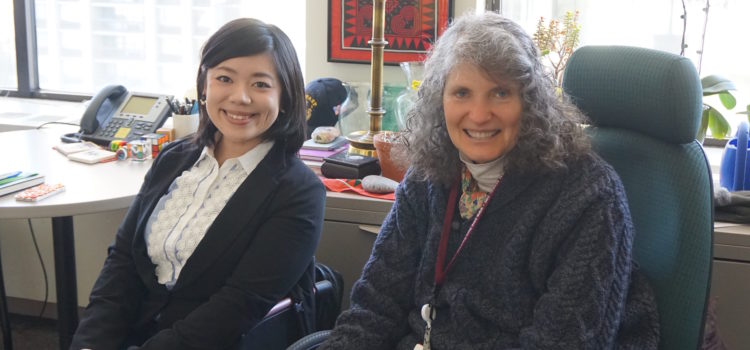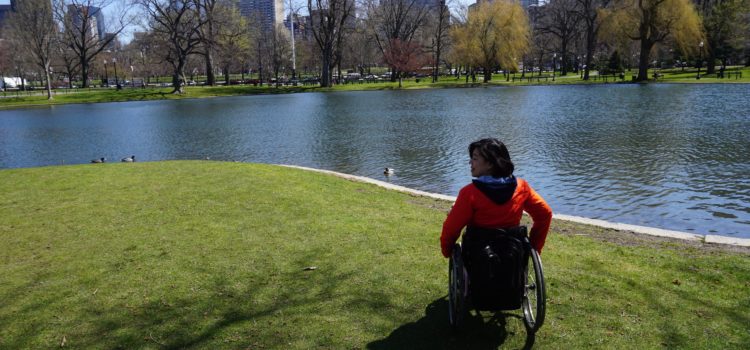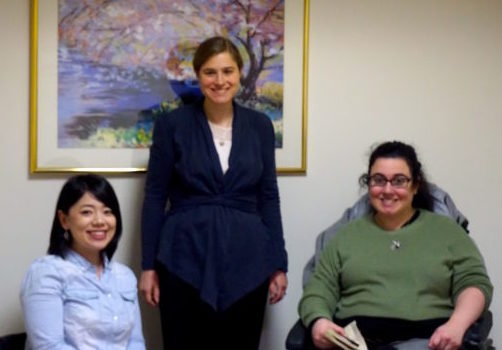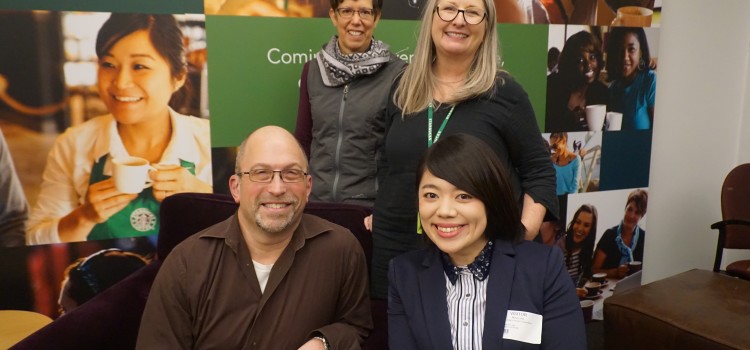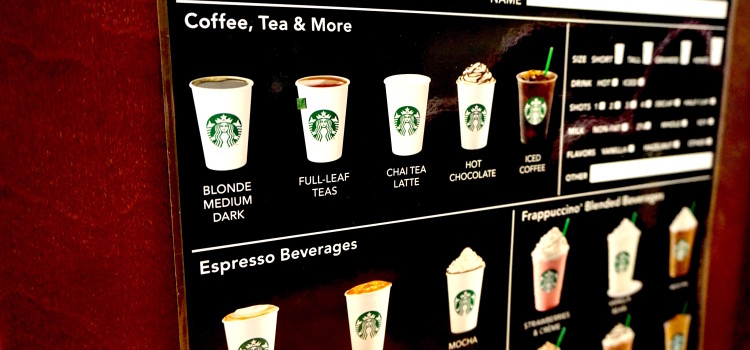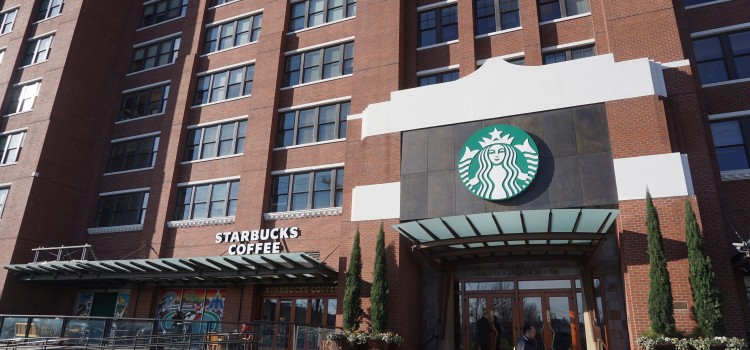Through my observation at the warehouse, I found that Costco has created an inclusive working environment where people from different background can work together. In Japan, many positions that require you to serve customers or people from outside of the company in a face-to-face situation are still not open for people with disabilities. I wonder why. Do employers in Japan think that people with disabilities cannot do customer service face-to-face? Or do employers think that it is embarrassing to show employees with disabilities to their customers? Or both? In some business fields such as retail or food industries, the majority of positions would require you to serve customers directly. How can those industries promote hiring people with disabilities?
Employees with Disabilities Working Professionally at Store ~Costco Part 2~
